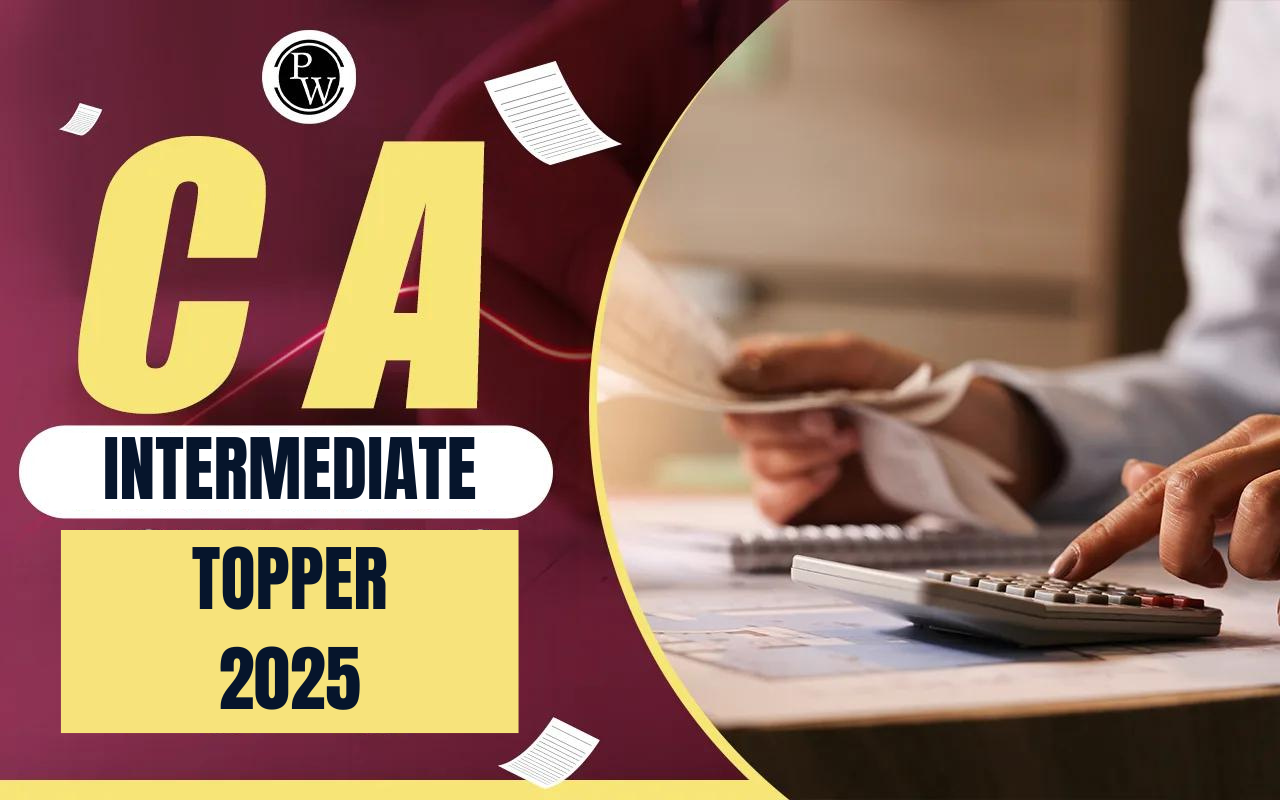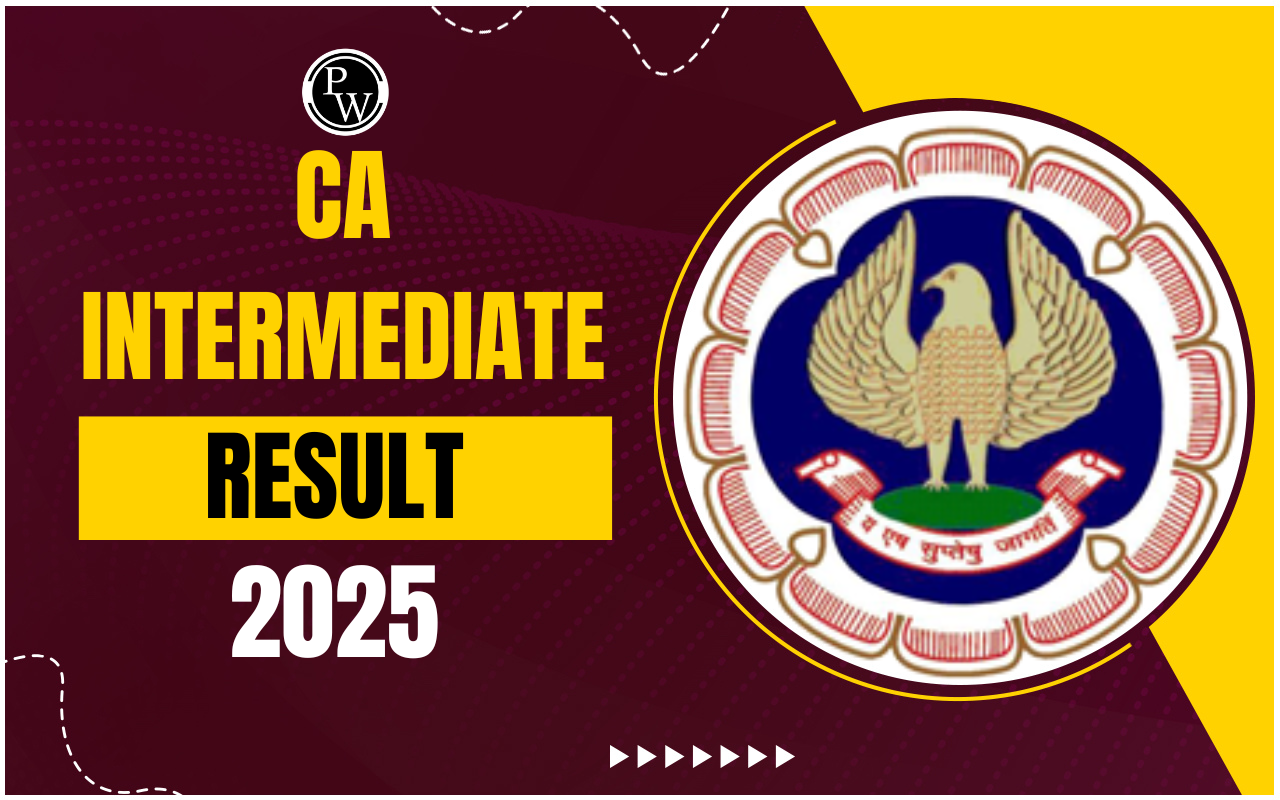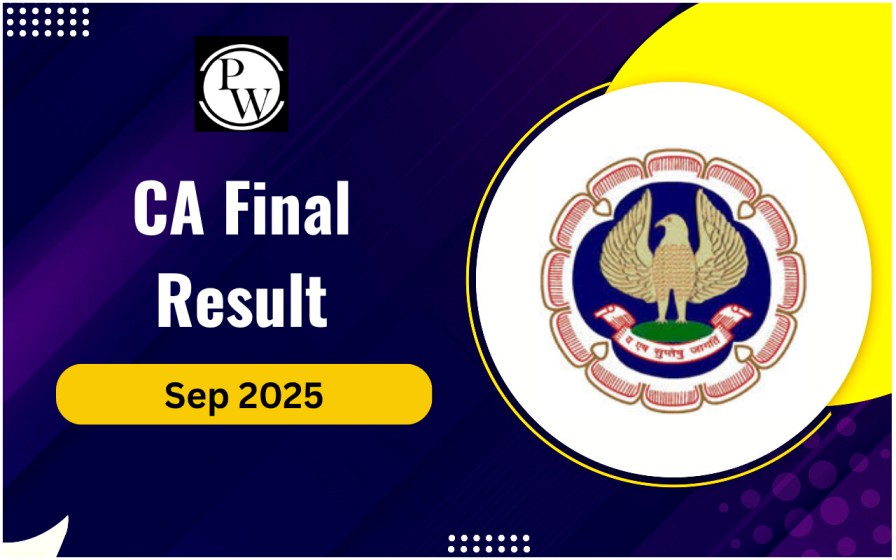
The introduction of the Goods and Services Tax (GST) has revolutionized India's indirect taxation system, making it more streamlined and transparent. For aspiring Chartered Accountants (CAs), mastering the computation of GST liability is essential, as it forms a critical part of taxation laws and practices.
Understanding this concept not only aids in excelling in CA exams but also builds a solid foundation for your future career. Let us delve deeper into the world of GST and learn how to accurately compute GST liability.What Is GST?
GST , or Goods and Services Tax, is a destination-based indirect tax levied on the supply of goods and services. It replaces multiple indirect taxes like VAT, service tax, and excise duty, simplifying the tax structure. The computation of GST liability involves determining the tax payable by a registered taxpayer after adjusting eligible Input Tax Credit (ITC). GST liability depends on factors such as the nature of the supply (intra-state or inter-state), the applicable tax rates, and the availability of ITC. CA students must thoroughly understand these components to calculate GST liability accurately.Components of the Computation of GST Liability
To accurately determine the GST payable, understanding its key components is essential. These include Input Tax Credit, place of supply, reverse charge mechanism, and GST returns compliance.Input Tax Credit and Its Role in Computation of GST Liability
One of the most significant advantages of GST is the provision for Input Tax Credit (ITC). ITC allows businesses to claim credit for the GST paid on purchases against the GST payable on sales. To compute GST liability:- Determine the total GST collected on outward supplies.
- Subtract the ITC available on inward supplies.
Place of Supply and Its Impact on GST Liability
The computation of GST liability also depends on the place of supply. GST is categorized as CGST and SGST for intra-state supplies and IGST for inter-state supplies. The correct identification of the place of supply ensures accurate calculation of the liability. For instance, if a supplier in Maharashtra sells goods to a buyer in Gujarat, IGST is applicable. Conversely, for a sale within Maharashtra, CGST and SGST are levied. Misidentifying the place of supply can lead to incorrect computation and compliance issues.Reverse Charge Mechanism in Computation of GST Liability
Under the reverse charge mechanism (RCM), the recipient of goods or services is liable to pay GST instead of the supplier. This concept is essential for CA students as it impacts the computation of GST liability significantly. Common scenarios where RCM applies include purchases from unregistered suppliers and specified services such as legal or transportation services. While calculating GST liability, ensure that reverse charge payments are included and appropriately accounted for in the GST returns.GST Returns and Their Role in Computation of GST Liability
Filing GST returns is a mandatory compliance requirement that forms the basis for the computation of GST liability. GST returns summarize the sales, purchases, ITC claimed, and tax paid during a specific period. Key GST returns include:- GSTR-1 for outward supplies.
- GSTR-3B for monthly tax liability.
- GSTR-9 for annual returns.
Also Read: Place of Supply in GST
Common Errors in Computation of GST Liability and How to Avoid Them
Avoiding errors in GST computation is crucial for compliance and accuracy. Misapplying GST rates, miscalculating ITC, and overlooking reverse charge liabilities are common mistakes that students should learn to rectify effectively.Incorrect Application of GST Rates
Applying the wrong GST rate to goods or services can lead to overpayment or underpayment of tax. Always refer to the GST rate schedules to ensure accurate computation.Miscalculation of Input Tax Credit
Improper documentation or missing invoices can result in ITC discrepancies. Maintain organized records and reconcile ITC regularly to avoid errors.Delayed Filing of GST Returns
Late filing of GST returns attracts penalties and interest, increasing the financial burden. Ensure adherence to deadlines to avoid unnecessary liabilities.Non-Compliance with Reverse Charge Mechanism
Failing to account for reverse charge liabilities can lead to non-compliance. Review all transactions to identify RCM applicability and include them in your GST liability computation.Importance of Learning GST Liability Computation for CA Students
For CA students, understanding the computation of GST liability goes beyond exam preparation. It equips you with the knowledge to handle real-world taxation scenarios, advise clients effectively, and stay compliant with GST laws. GST remains a dynamic area of taxation, with frequent updates and amendments. Staying updated with these changes is vital for accurate computation and compliance. Mastering the computation of GST liability is an indispensable skill for CA students, combining theoretical knowledge and practical application. By understanding ITC, place of supply, RCM, and compliance requirements, you can excel in your exams and career. For expert guidance and comprehensive preparation, join PW CA Courses. Our courses are designed to help you crack the CA exam with confidence, ensuring success in your professional journey!| Also Check: | |
| Advance Tax | Income from Other Sources |
| Accounting for Branches | Residential Status Under Income Tax Act |
| GST Composition Scheme | CGST |
Computation of GST Liability FAQs
What is the significance of Input Tax Credit (ITC) in the computation of GST liability?
Input Tax Credit reduces the GST payable on sales by allowing businesses to claim credit for the GST paid on purchases.
How does the reverse charge mechanism affect GST liability?
Under RCM, the recipient pays the GST instead of the supplier, which must be included in the computation of GST liability.
Why is the place of supply important in GST liability computation?
The place of supply determines whether CGST, SGST, or IGST is applicable, ensuring accurate tax calculation.
What are common errors in GST liability computation?
Errors include incorrect GST rates, ITC miscalculations, and non-compliance with RCM. Maintaining organized records helps avoid these issues.
🔥 Trending Blogs
Talk to a counsellorHave doubts? Our support team will be happy to assist you!

Free Learning Resources
PW Books
Notes (Class 10-12)
PW Study Materials
Notes (Class 6-9)
Ncert Solutions
Govt Exams
Class 6th to 12th Online Courses
Govt Job Exams Courses
UPSC Coaching
Defence Exam Coaching
Gate Exam Coaching
Other Exams
Know about Physics Wallah
Physics Wallah is an Indian edtech platform that provides accessible & comprehensive learning experiences to students from Class 6th to postgraduate level. We also provide extensive NCERT solutions, sample paper, NEET, JEE Mains, BITSAT previous year papers & more such resources to students. Physics Wallah also caters to over 3.5 million registered students and over 78 lakh+ Youtube subscribers with 4.8 rating on its app.
We Stand Out because
We provide students with intensive courses with India’s qualified & experienced faculties & mentors. PW strives to make the learning experience comprehensive and accessible for students of all sections of society. We believe in empowering every single student who couldn't dream of a good career in engineering and medical field earlier.
Our Key Focus Areas
Physics Wallah's main focus is to make the learning experience as economical as possible for all students. With our affordable courses like Lakshya, Udaan and Arjuna and many others, we have been able to provide a platform for lakhs of aspirants. From providing Chemistry, Maths, Physics formula to giving e-books of eminent authors like RD Sharma, RS Aggarwal and Lakhmir Singh, PW focuses on every single student's need for preparation.
What Makes Us Different
Physics Wallah strives to develop a comprehensive pedagogical structure for students, where they get a state-of-the-art learning experience with study material and resources. Apart from catering students preparing for JEE Mains and NEET, PW also provides study material for each state board like Uttar Pradesh, Bihar, and others
Copyright © 2025 Physicswallah Limited All rights reserved.
Get App








